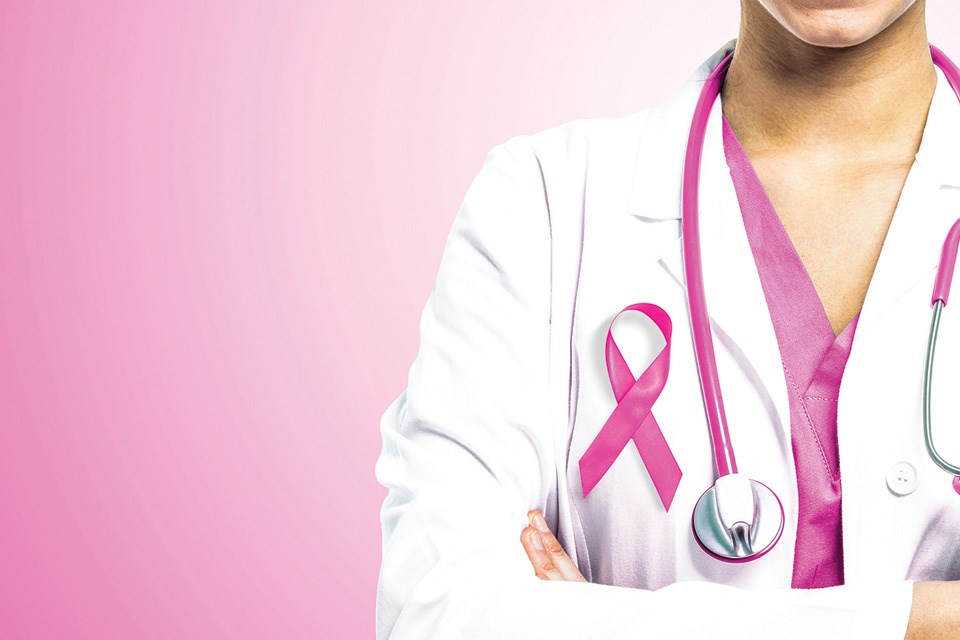It’s important to recognize that breast cancer survival rates have improved dramatically in recent decades, providing hope to the millions of women who may be diagnosed with the disease in years to come.
Various factors have helped improve breast cancer survival rates, and education about the disease is certainly among them. Women are their own greatest allies against breast cancer and learning to spot its signs and symptoms is a great first step in the fight against this potentially deadly, yet treatable disease.
Knowing your body
The Canadian Cancer Society urges women to take note of how their breasts normally look and feel. That knowledge is vital because it helps women recognize when something does not look or feel good to the touch with their breasts. Screening alone may not be sufficient, as mammograms do not find every breast cancer.
Signs and symptoms
When women are well acquainted with how their breasts look and feel, they’re in better position to recognize any abnormalities, which may or may not be indicative of breast cancer. The following are some potential warning signs of breast cancer.
• A new lump or mass:
It’s the most common symptom of breast cancer. A lump or mass that is cancerous is often painless, but is usually hard and has irregular edges. However, lumps caused by breast cancer can be soft, round and tender. Some even cause pain.
• Swelling:
Some women experience swelling of all or part of a breast even if they don’t detect a lump.
• Dimpling:
The skin on the breast may dimple. When this occurs, the skin on the breast sometimes mimics the look of an orange peel.
• Pain:
Pain on the breast or nipple could indicate breast cancer.
• Retraction:
Some women with breast cancer experience retraction, which occurs when the nipple turns inward.
• Skin abnormalities:
Breast cancer may cause the skin on the breast to redden, dry out, flake, or thicken.
• Swollen lymph nodes:
Some women with breast cancer experience swelling of the lymph nodes under the arm or near the collarbone.
The presence of any of these symptoms merits a trip to the doctor. Women with these symptoms should not immediately assume they have breast cancer, as various symptoms of breast cancer can also be indicative of non-cancerous conditions that affect the breasts. Only a physician can diagnose breast cancer, which underscores the importance of reporting symptoms to a doctor immediately.
This story was written for the Think Pink advertising feature. It is not written by and does not necessarily reflect the views of the editorial staff.



